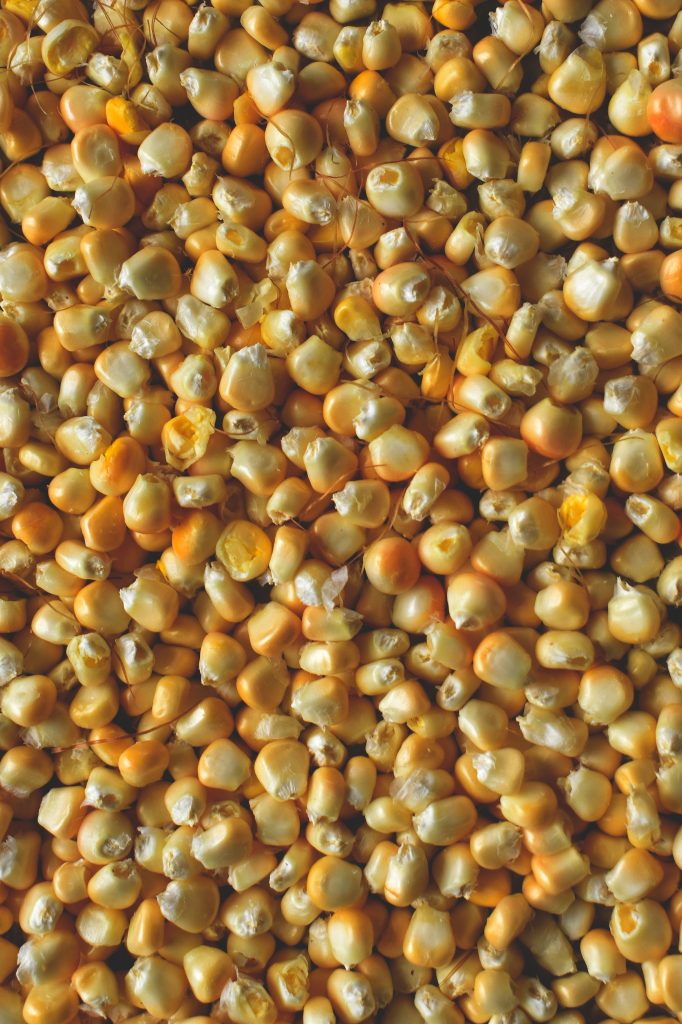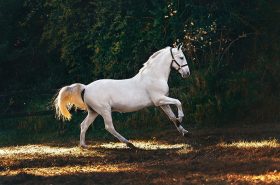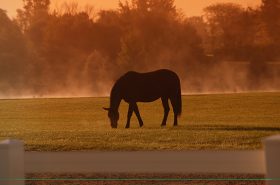Horses are designed to eat forage, but grains are a common way increase the amount of energy needed to perform athletic tasks. Today, commercial feeds are more popular than grains, but if you’re looking for a simple and affordable way to supplement a forage-based diet, grains can still get the job done in most cases.
Here are the most common types of grain fed to horses:
Oats
Oats are perhaps the most well known grain fed to horses and they come in several forms: whole, crimped, crushed, rolled, or steamed. They’re a good source of calories and fuel from starch, providing quick-release energy for horses in work. Oats are also high in phosphorus, fiber, and B vitamins. Incidentally, oats are the only grain fed to horses that can be easily digested raw.
Of all the cereal grains fed to horses, oats are the highest in fiber and lowest in sugar and starch; therefore, if fed appropriately, they are less likely to cause insulin spikes, blood sugar fluctuations, or hindgut problems.
Barley
Barley has a similar composition to oats but is lower in fiber and more energy dense. It usually comes rolled, crushed, or cooked. By weight, barley provides more digestible energy and total available nutrients than oats, but it doesn’t quite reach the same levels that corn contains.
Some downfalls of barley are that it has a poor phosphorus/calcium ratio and lacks vitamins A and D. Most horse owners choose to mix barley with bulkier feeds such as beet pulp, wheat bran, lucerne chaff, or rolled oats.

Corn
Corn is one of the most energy-dense grains and contains approximately three times the amount of energy of oats. For horses, it comes shelled, cracked, steam flaked, rolled, ground, or crushed. However, corn is less digestible than other grains and also very high in starch. Therefore it should only be fed to horses in hard work or those who do not have metabolic problems.
A few things to keep in mind when feeding grains:
- Never feed more than 5 lbs in a single feeding;
- Do not feed grain to horses with metabolic problems;
- Never feed grain as more than 50% of a horse’s total feed ration;
- Use a grain feeder such as the Poly Corner Grain Feeder and do not feed grain from the ground to avoid the horse ingesting dirt, sand, or other debris.
Sources:
https://cennutrition.com.au/oats-for-horses-the-pros-and-cons/
https://horses.extension.org/grains-for-horses-and-their-characteristics/
https://ker.com/equinews/protein-punch-soybeans-horse-feeds/
Love this blog post? We think you will like Does Your Horse Need Grain?



